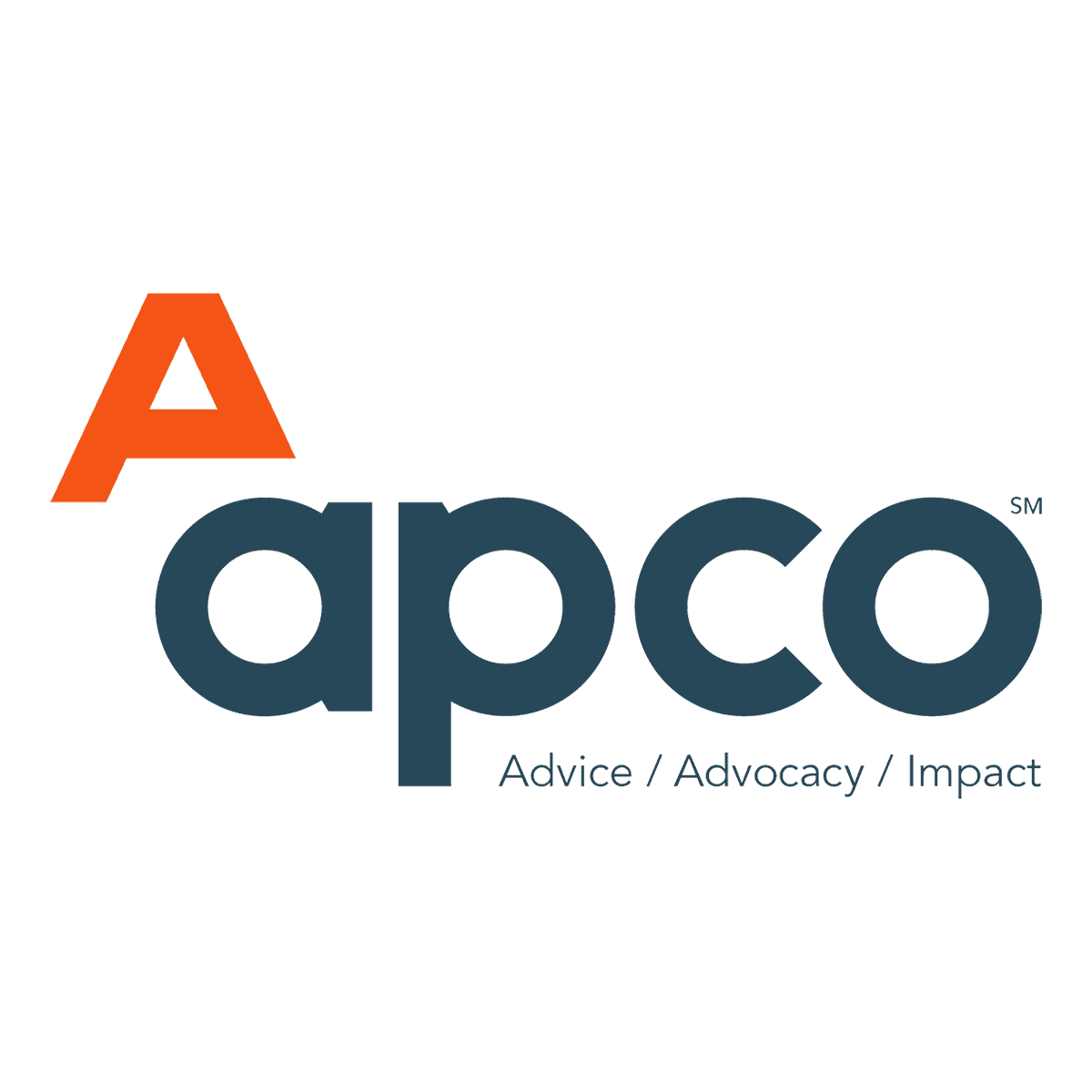

March 24 was Equal Pay Day in the United States, a date originated by the National Committee on Pay Equity in 1996 to symbolize “how far into the year women must work to earn what men earned in the previous year.” And it doesn’t end there. For women of color, pay inequity is exacerbated even more greatly—Black, Native American and Latina women earn 62 cents, 57 cents and 54 cents, respectively, for every dollar a white, non-Hispanic man earns. This year, Equal Pay Day for Black women is August 3, for Native American women it’s September 8 and for Latina women it’s October 21. This gender pay gap is systemic, regardless of job type, industry, and geography.
Unequal pay is hardly new but with a global pandemic and its disproportionately devastating impacts on women—in the pandemic, women have lost a net of 5.4 million jobs—we are facing a true crisis. According to a report by the National Women’s Law Center, women make up two-thirds of the roughly 23.8 million workers in the 40 lowest-paying jobs. Many of the women in these jobs are women of color, and many of these jobs not only are low paying—often below poverty level —but also don’t provide basic support structures like paid leave, employer-sponsored health insurance and childcare.
Society has a history of undervaluing, or not valuing at all, the work of women. A history of dictating what women should define as their purpose through stereotypes and expectations meant policies and systems were never created for women who defied those stereotypes. This history is made more complex by inequitable access to stable, well-paying jobs for women of color who have constantly faced systemic barriers at the intersection of race and gender bias that have led to a significant imbalance in the ability to create, build and sustain generational wealth.
Well before the pandemic, American author and social activist Grace Lee Boggs asked, “how are we going to reimagine work, so that it enhances our humanity?” In the midst of this pandemic, this question is particularly poignant. Reimagining work post-pandemic means we have to center women and not just white white-collar professional women, but all women and woman-identifying people in all jobs, in and out of the home, in our policies and decision-making structures.
Women are not monoliths. Not every woman finds purpose in climbing a corporate ladder or working outside of the home, or in domestic labor, or in motherhood or caregiving, or starting a business, etc. What gives our lives purpose and meaning is vastly different from one person to the next. What we would venture to say is universal, is the desire to be valued and supported. To have access to the financial resources and healthcare that allow us and our families to thrive, to have the freedom to chart a path that is uniquely our own without judgment or discrimination, and to grow in a way where we are valued and recognized for that value.
When we think about who has the power to make change happen fast, companies have an enormous role—and a fundamental, moral responsibility—to help create a more equitable and purposeful world for women. Corporate action and pressure can significantly shift public perception and legislative action. Without collective cooperation and amplification from government, and public and private sector industries, women will continue to fall behind both in leadership and career trajectories as well as earning potential. So what should companies as employers and influential parts of our socioeconomic systems consider?
- Take care of the women in your workforce with the baseline support structures and equitable, fair pay they need to thrive. Make sure you have the fundamentals right such as paying living wages and ensuring none of your employees are being forced to live at or below poverty levels, address pay equity at all levels, provide paid time off and sponsor healthcare for all.
- It should go without saying: accept and support working mothers and caregivers. Address the “mom penalty” wherever it exists internally in your business. Don’t just talk about “supporting moms” but actually provide financial support for childcare and externally use your lobbying power to support policy efforts.
- Address gender discrimination in the entire value chain of your business. Putting one woman on a leadership board does not fix historic gender discrimination. It has to be addressed in every aspect of the company’s existence.
- Think beyond linear career paths and build a culture of unbiased expectations. Allow women to feel like they are growing with the company and in a trajectory that suits their own unique value add and sense of purpose.
- Invest in your women employees, especially women of color. By upskilling, supporting more access to education opportunities and/or using philanthropic dollars to support education for young women and ensure there are equitable pathways to your industry for all types of women. Representation matters and in order to have that representation we have to provide an inclusive path to success.
- Foster an environment of collaboration, not competition. A rising tide lifts all ships, and it needs to be clear that opportunities exist for anyone who is capable; that no matter how many women are currently at the table there is always room to pull up more chairs. We must create more space for other women of all types at the same table in order to build up the future leaders of a business, organization or movement.
What 2020 and the pandemic showed us is any progress that had been made on gender equity in the workforce, particularly over the last decade, is fragile on its best day. This pandemic threatens to splinter any gains made in the past 10, 20 and even 50 years. How do companies actually show they are investing in a more just, sustainable world with gender equity and justice at the core? By actually making good on being purpose-driven and creating a space where all employees, particularly women, are wholly valued and see themselves growing in their own purpose so that they want to re-invest or grow within your organization. It’s more than words on a page or in a tweet, it’s tangible action in every decision made and policy enacted.
*Note from the authors: in this article, we use the term women to refer to all individuals who self-identify as women, and although the issues discussed above are global, we decided to focus on the United States for this piece.


